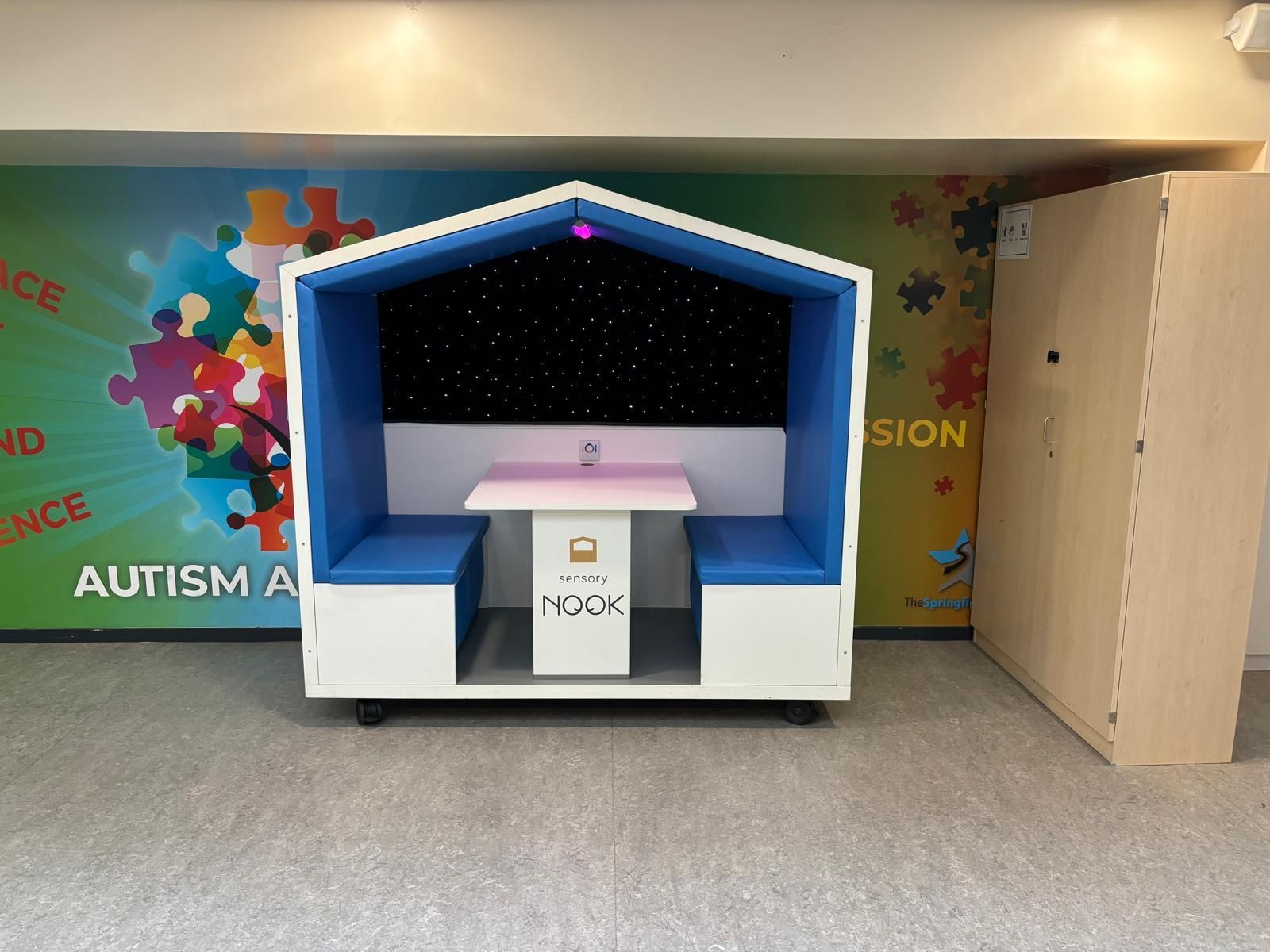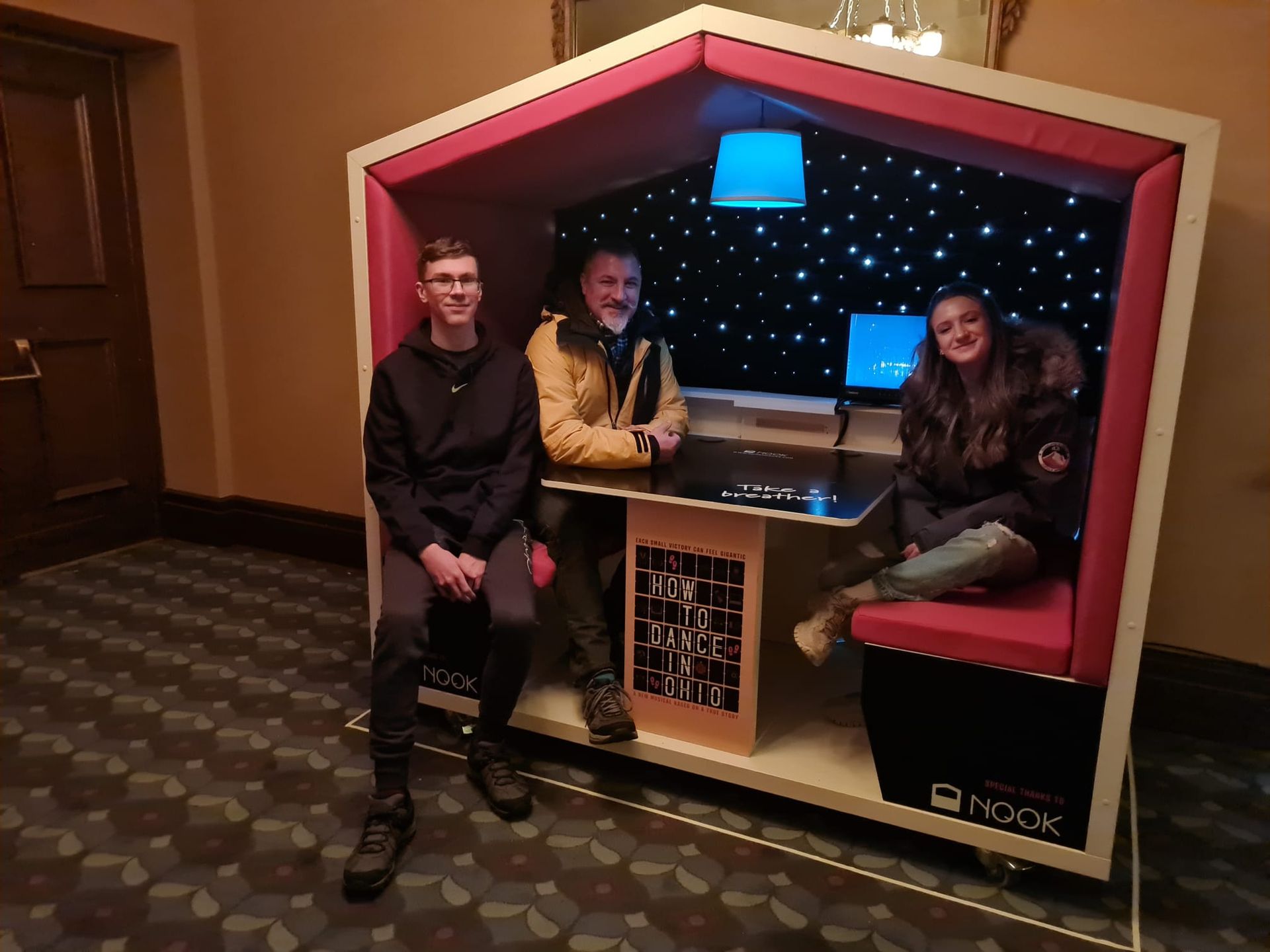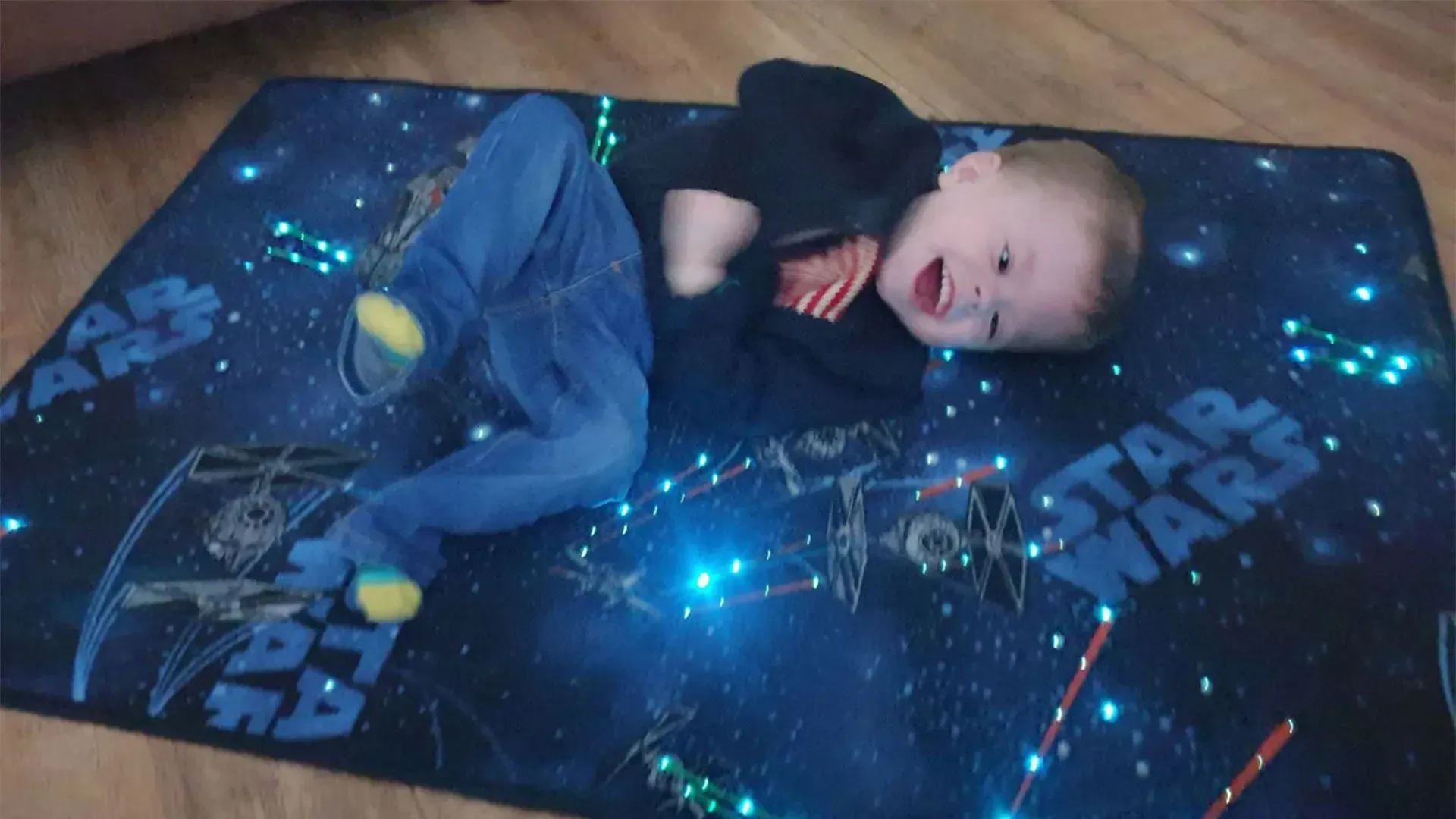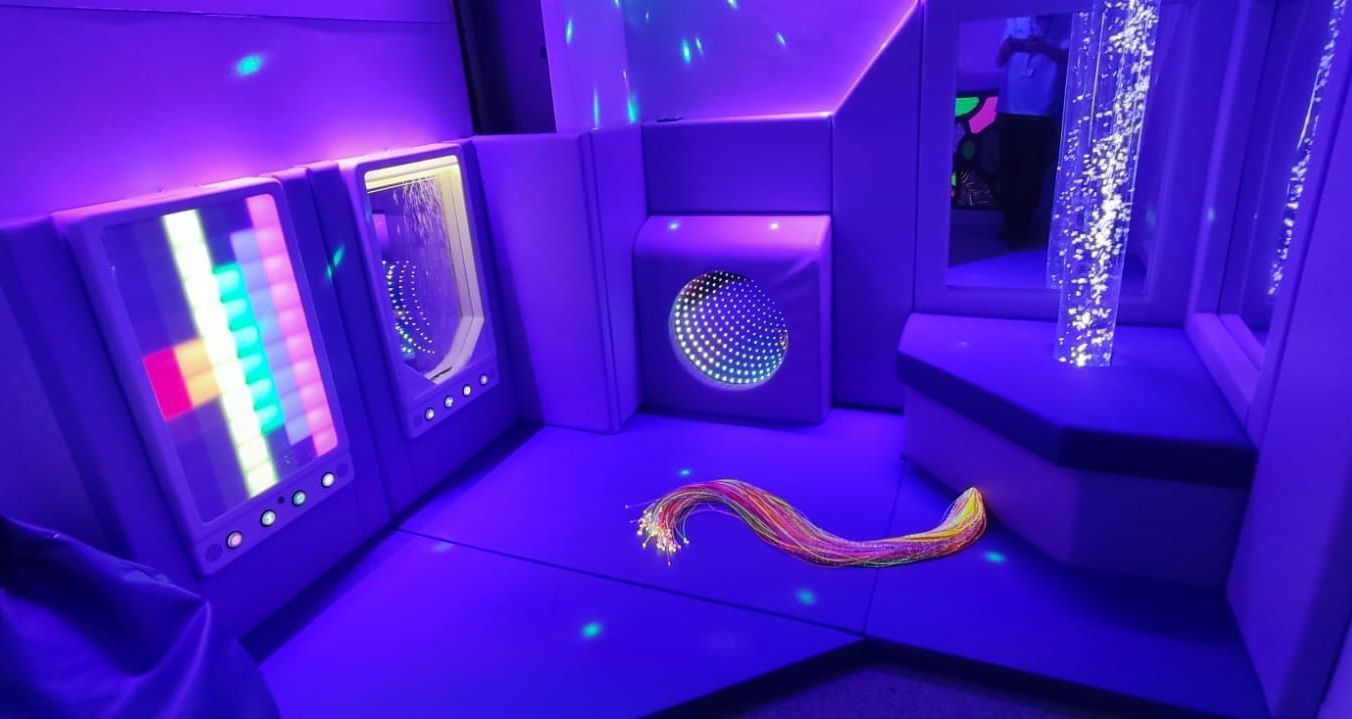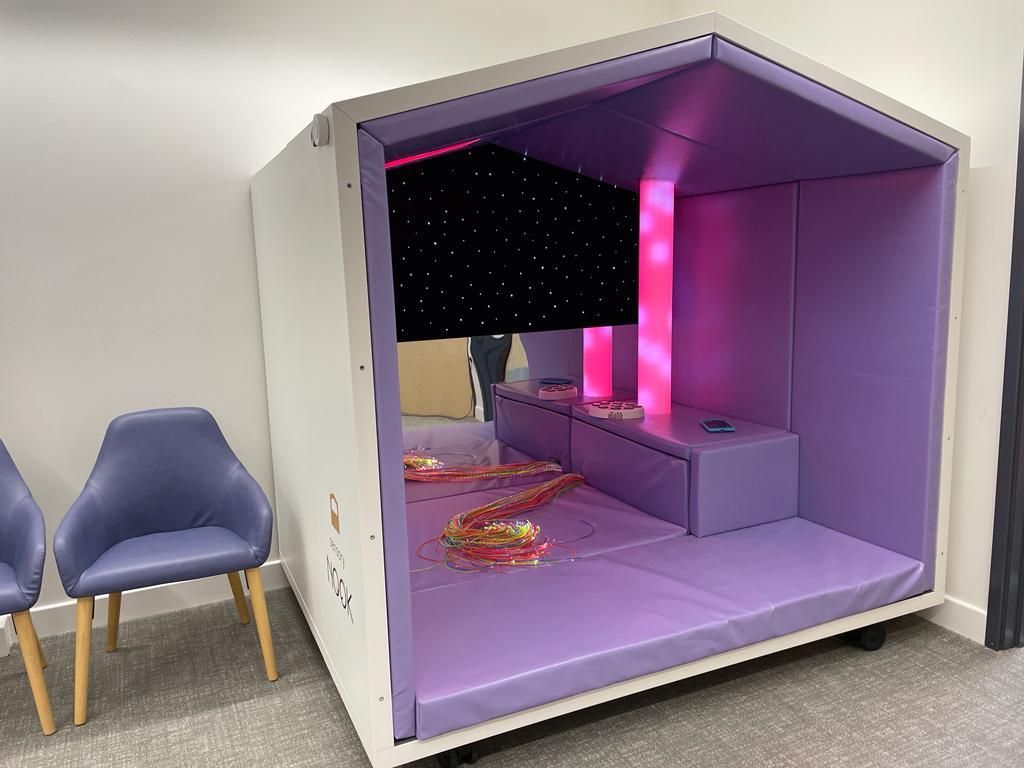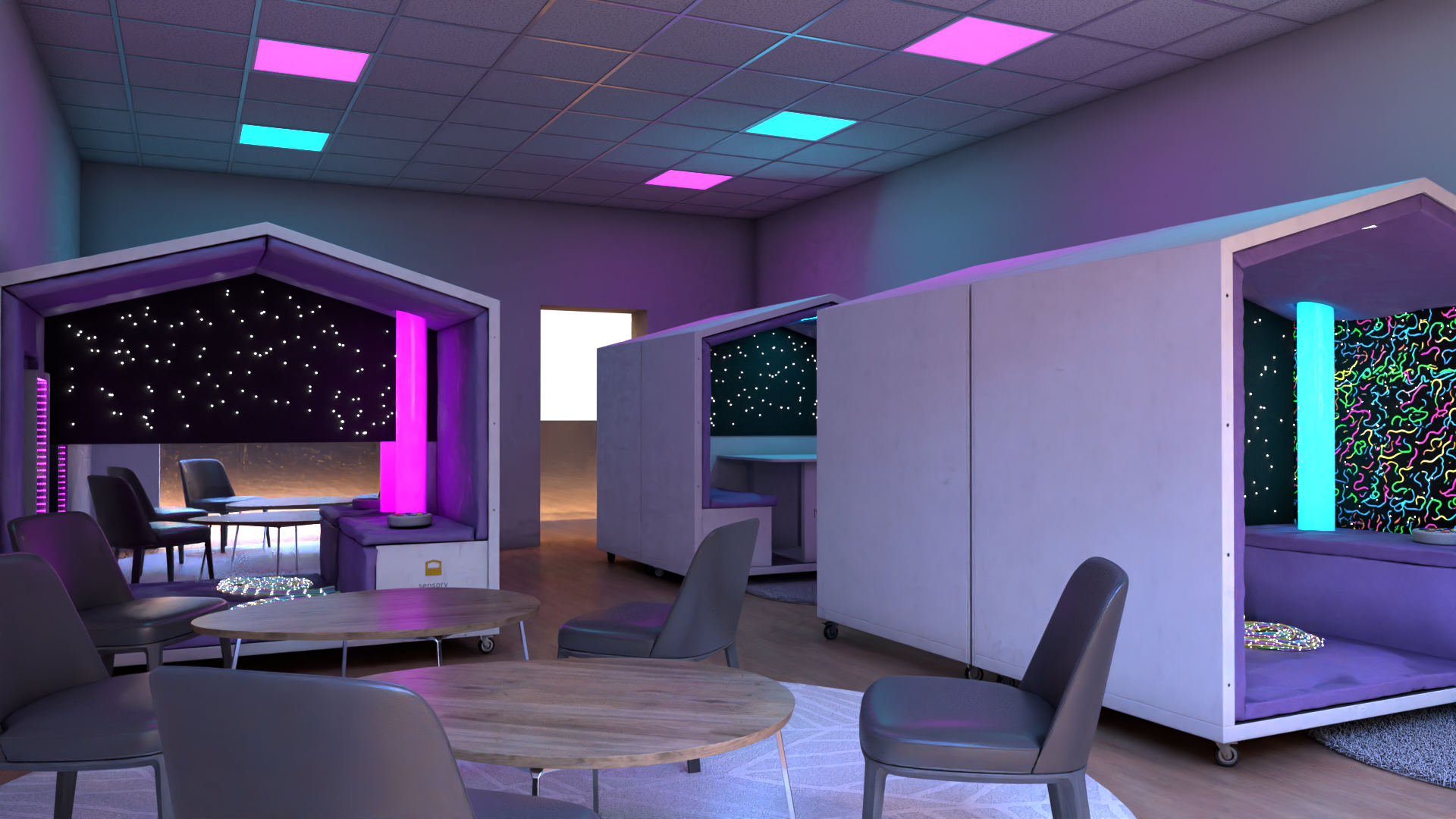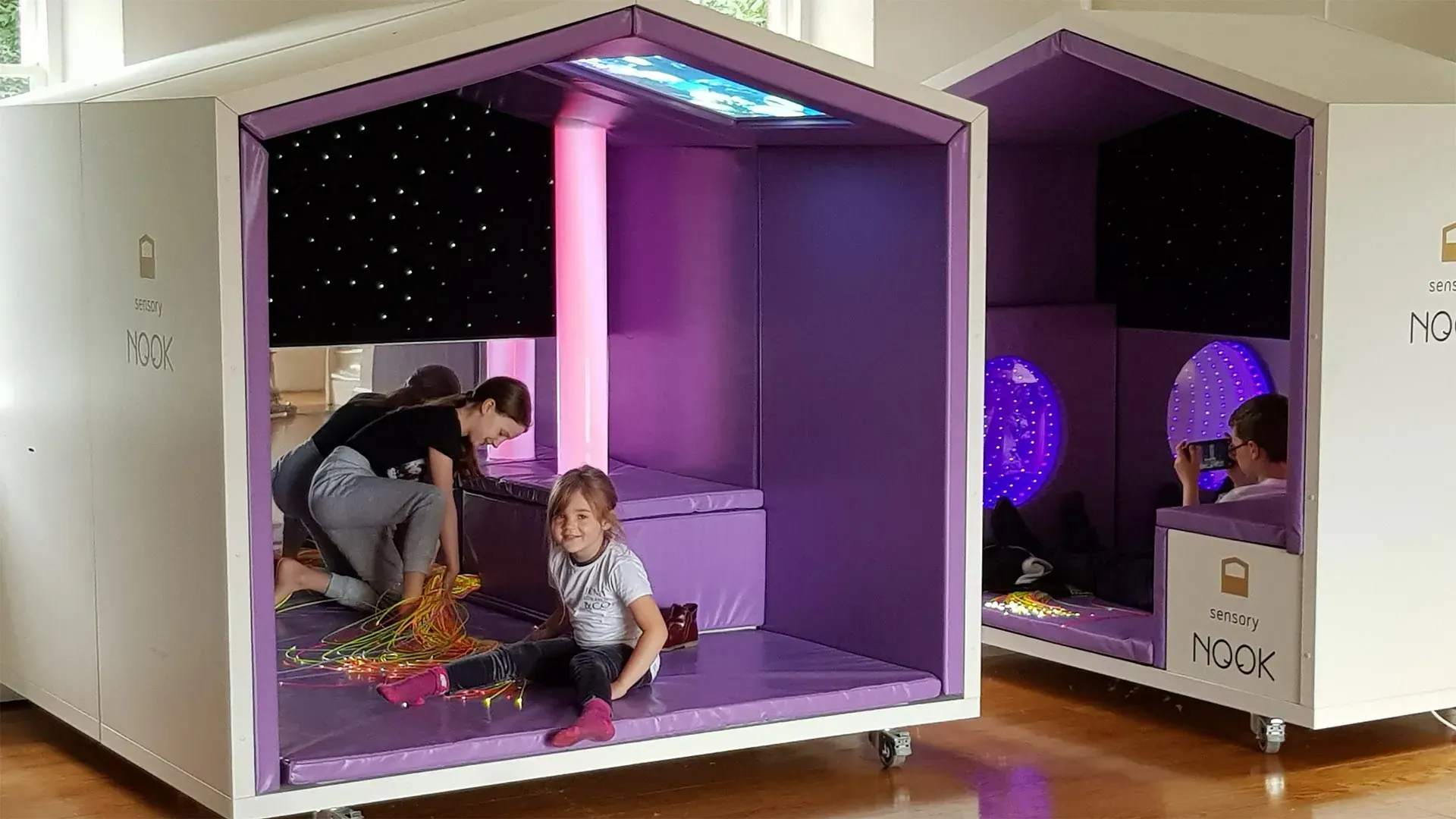Sensory Nook is a Certified Autism Resource
Sensory Nook Approved by IBCCES
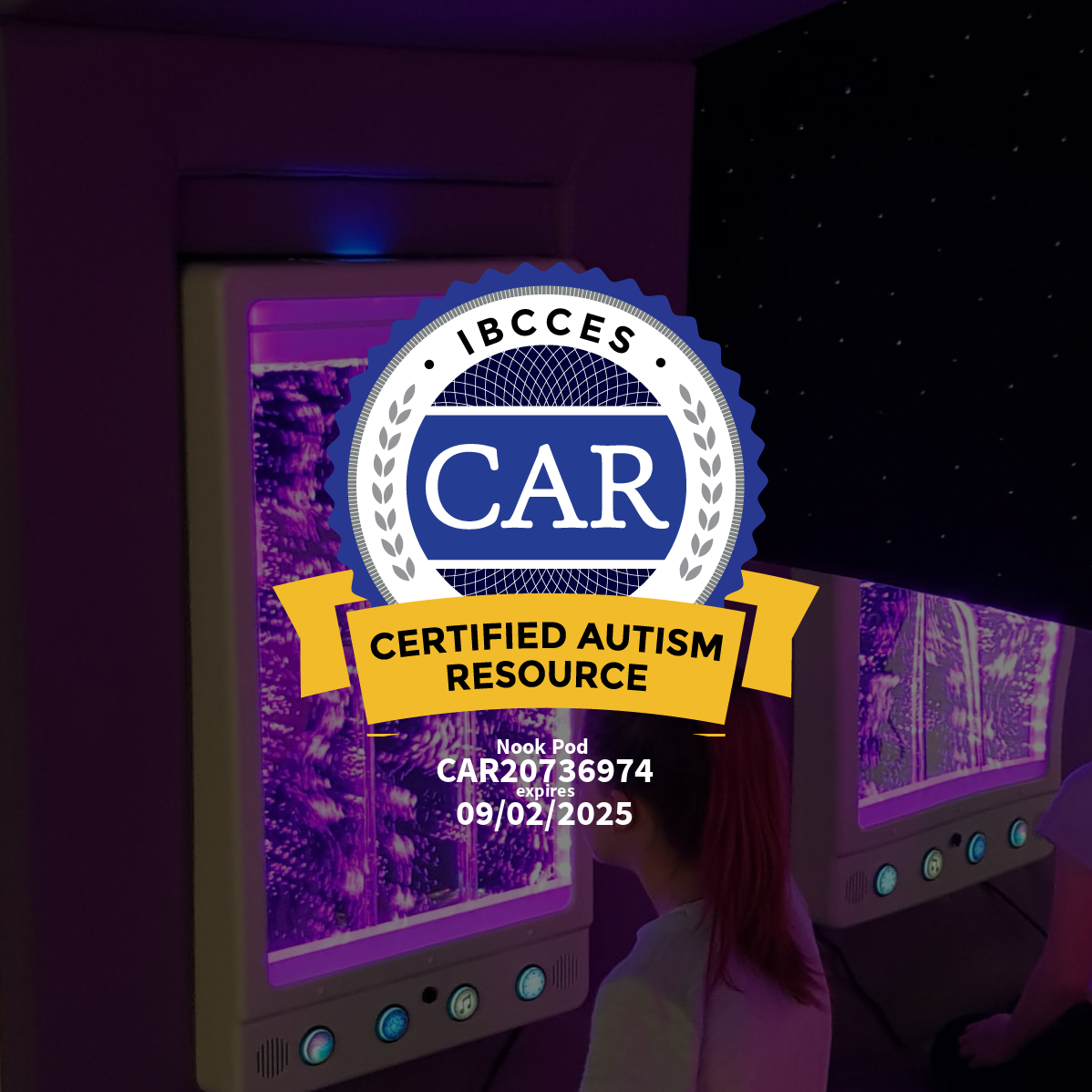
What is a Certified Autism Resource?
IBCCES, an independent credentialing and certification board with a focus on cognitive disorders, is the accrediting body for the Certified Autism Resource (CAR) program, along with many other designations and certifications for professionals in the healthcare and education industries.
As a part of the CAR application process, a board of experts conducted a comprehensive board review to determine how Sensory Nook aligned with one or more of 6 areas of competency and, ultimately, how it meets the needs of individuals with autism.
The goal is to promote Certified Autism Resource partners to IBCCES network of therapists, educators, and parents to ensure they have the knowledge and access to products and services they need to improve the lives of individuals on the spectrum.
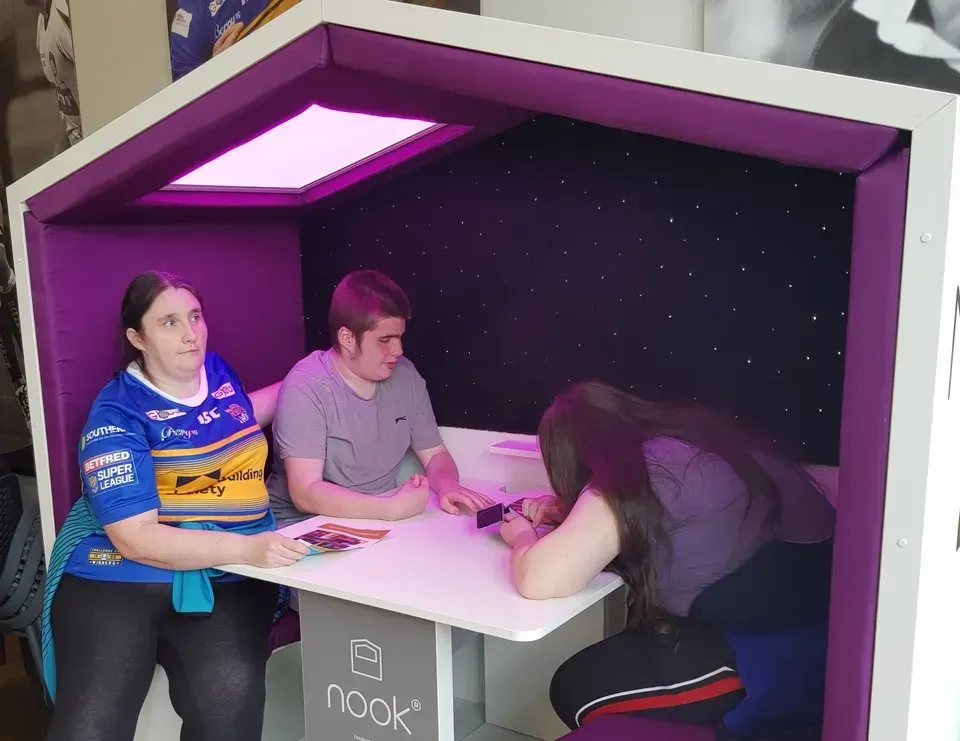
Sensory Nook met the criteria for Behaviour Competency as a compact self-contained plug and play sensory pod supporting people with Autism in challenging everyday public environments such as schools, leisure and retail parks and the workplace. It provides an escape or refuge that reduces sensory overload providing positive sensory distraction and a safe space to self-regulate and avoid crisis events.
Sensory Nook reduces excessive stimulation by lowering ambient noise levels in an otherwise open space. The internal foam padding and soft textures absorb and reduce background noise to manageable levels. The lilac colour of the upholstery is recognised as a calming colour for people on the Autistic spectrum.
The compact and sturdy structure provides an enclosing space that generates a sense of security reducing anxiety. The open front and peak roofline ensures the user can see exactly what they are heading in to and helps overcome resistance from someone approaching a crisis state. The Sensory Nook provides comforting, supportive personal space without isolating the occupants from what is going on in the wider environment. It eases the pressures that can lead to challenging behaviour.
There are a range of different configurations for Sensory Nook, all based around standard modular units that can easily be interchanged. This means they can be tailored to meet very specific personal needs.
Integrated sensory equipment provides a strong calming effect.
- Fibre optic strands provide fidget distraction to divert negative focus and can be used as a weighting aid to reduce hyperactivity, excessive stimming and promote relaxation. The twinkling light effects are soothing.
- Vibration in seat cushions promotes deeper seating, releasing posture tension and easing overtight muscles in lower back and legs. This can help promote higher levels of concentration when focusing on tasks and improved physical wellbeing.
- Colour change lighting is quickly adjusted to provide stimulation or calming as required. The touch control panel has sliding scales for colour saturation hue and brightness and does not require a high degree of motor skills to operate. The angle of the LED panels effectively contains the light inside the Sensory Nook for a strong focused effect that does not impact upon others outside the Pod.
- Specialised interactive sensory equipment in the form of wall panels and light tubes provides strong engagement and a powerful distraction away from a negative situation. The cause and effect feedback is empowering and promotes self-exploration and expression. These items readily switch between stimulating or calming to meet the individual need of each person using it. The wall panels can are supplied with a preloaded editable soundtrack of music or white noise to lower external sensory pressures further.
- Sensory Nook brings individual choice and accessibility to individuals through a range of adaptable control options. Everything within the Sensory Nook can be turned on or off by the user. This gives them control over their environment and experience. Controls include large button switches, wireless remotes, built in pressure pads and tablet app. Any one or all of these options can be available in a single Sensory Nook for maximum inclusivity.
- Sensory Nooks feature a mirrored wall panel. This permits the occupant to observe what is going on outside the Nook without having to look at it directly. This adds a sense of control and security. Inclusion without threat.
- Scent is an option for Sensory Nook and can be used to stimulate memory or provide a specific sensory experience. It can be used to deliver a specific personally preferred scent for an individual to mask the multitude of external odours that can trigger adverse reactions. Delivery of scent is highly controllable to avoid negative responses.
The presence of Sensory Nook as a unit provides a reassurance for people with Autism that they can attend a public place knowing there is a safe space that will be accessible to them if they experience sensory overload. This reduces anxiety from the outset and promotes a much more positive experience not only for the Autistic person but their family and carers too.
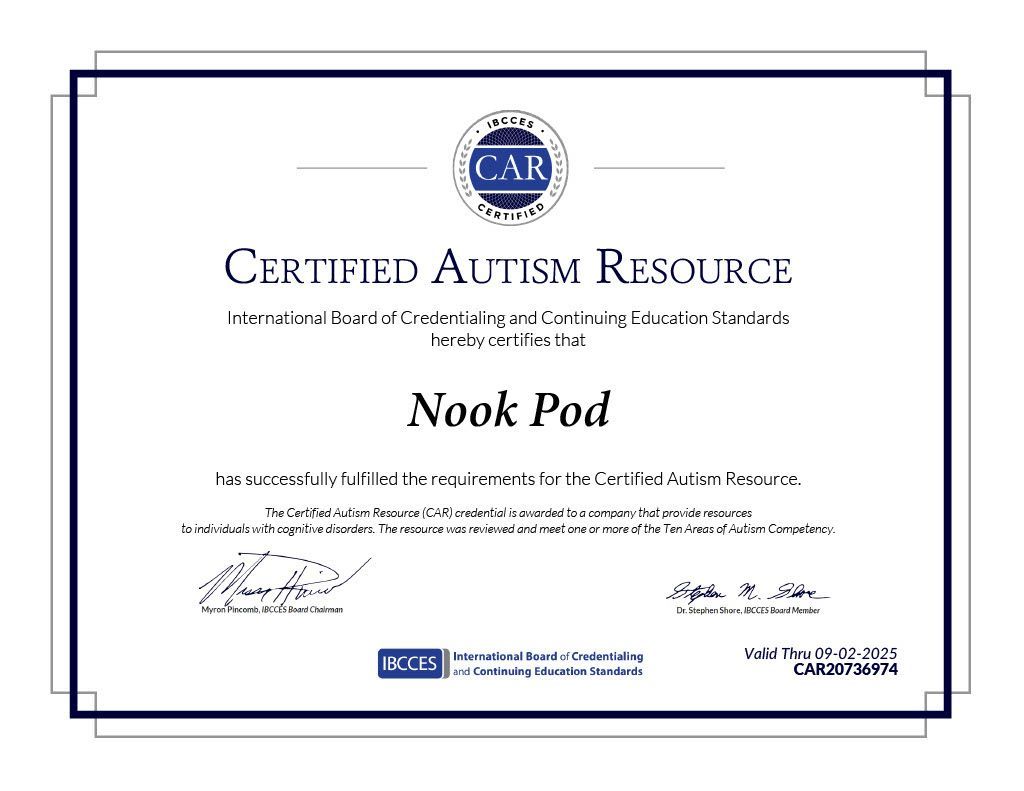
Share Post
